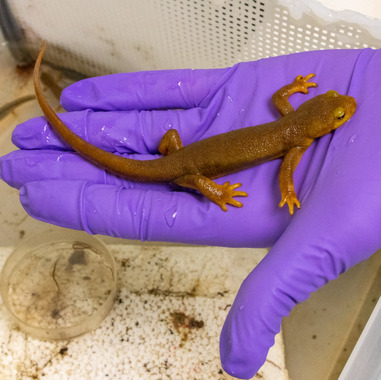What's New
May 30, 2025
A cross-disciplinary team of MSU researchers aims to identify the genes responsible for producing one of nature’s most powerful neurotoxins.
May 1, 2025
Godfrey is a third-year doctoral student in Andrew Olive’s lab, and he is working to understand the mechanisms behind lung inflammation.
April 29, 2025
Thirty-three exceptional MGI students were honored at a departmental awards ceremony on April 22.
April 25, 2025
Danielle Gregory and Kyleen Hall have been awarded prestigious fellowships from the Public Health Laboratory Fellowship Program.
April 17, 2025
New research by Alex Wessel reveals that standard lab methods using TCBS agar might miss certain cholera strains.
April 17, 2025
It is with profound sadness that we announce the passing of Dr. Vilma Yuzbasiyan-Gurkan, a cherished member of the Michigan State University community and a Professor in the Departments of Microbiology, Genetics, & Immunology and Small Animal Clinical Sciences.





